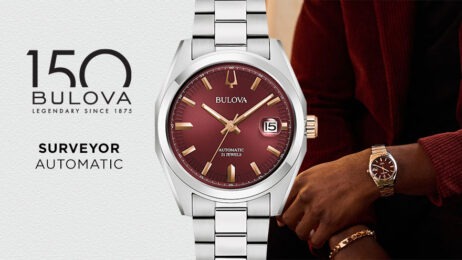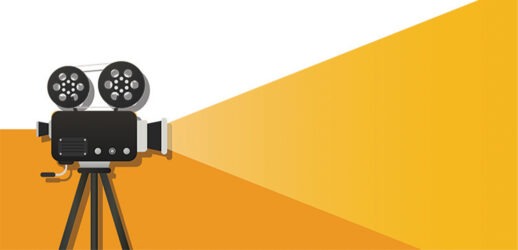Exercises to build your omnichannel production muscles
“Focus on the features that align with the event goals and try not to get distracted by things that look cool but have less of a meaningful purpose for your event.”–Coach Harvey
If producing hybrid events were an Olympic sport, most BC (before Covid) meeting professionals would have no trouble qualifying as amateurs. After almost 11 months of “flattening the curve,” most know their way around a Zoom room by now. But if predictions of a permanent hybrid AC (after Covid) world are true, then you might want to start bulking up your virtual meeting production skills right now.
Who wants to get sand kicked in their face when looking for new roles in the future?
Smart Meetings consulted the pros to learn exactly what competencies will be in demand and the best way to master them. While the idea of running two simultaneous programs for larger, more diverse audiences may sound like lifting your bodyweight high above your head, breaking it down into smaller loads can make the impossible possible.
To lighten the burden, here are routines to get you into physical, mental and emotional shape to face whatever comes next.
Running Through the Paces

With literally hundreds of streaming meeting platforms on the market, how do you know which one will work best to reach your meeting’s Herculean goals? Only way to know: demo. But what to look for when reps are running their software through their paces?
“For virtual events, consider simulive.”
Matt Harvey, vice president of virtual and hybrid events with Encore (formerly PSAV), has some suggestions. When evaluating platform features, be clear idea about the outcomes you expect. Try not to be distracted by things that look cool but are less meaningful for your event.
Ask how attendees will gain access to the platform. This could be open access, username and password via an uploaded list or via an interface to a registration provider. Think through what works with existing processes and understand how the platform fits in. Be sure to ask about security and data privacy practices of the provider, too.
Most importantly, ask about lead time and the level of support available from the platform provider. Many providers have a minimum lead time to build out a platform, and it’s vital to know how that squares with your event schedule.
Gary Lagestee, vice president of customer development with Clarity Experiences, suggests asking about the capability to connect both the live and virtual audiences using apps, face-to-face video or similar.
And don’t forget about the sponsors. Ask about how the virtual audience can connect with onsite exhibitors.
Get Encore’s Hybrid Event Handbook here.
Power Pricing
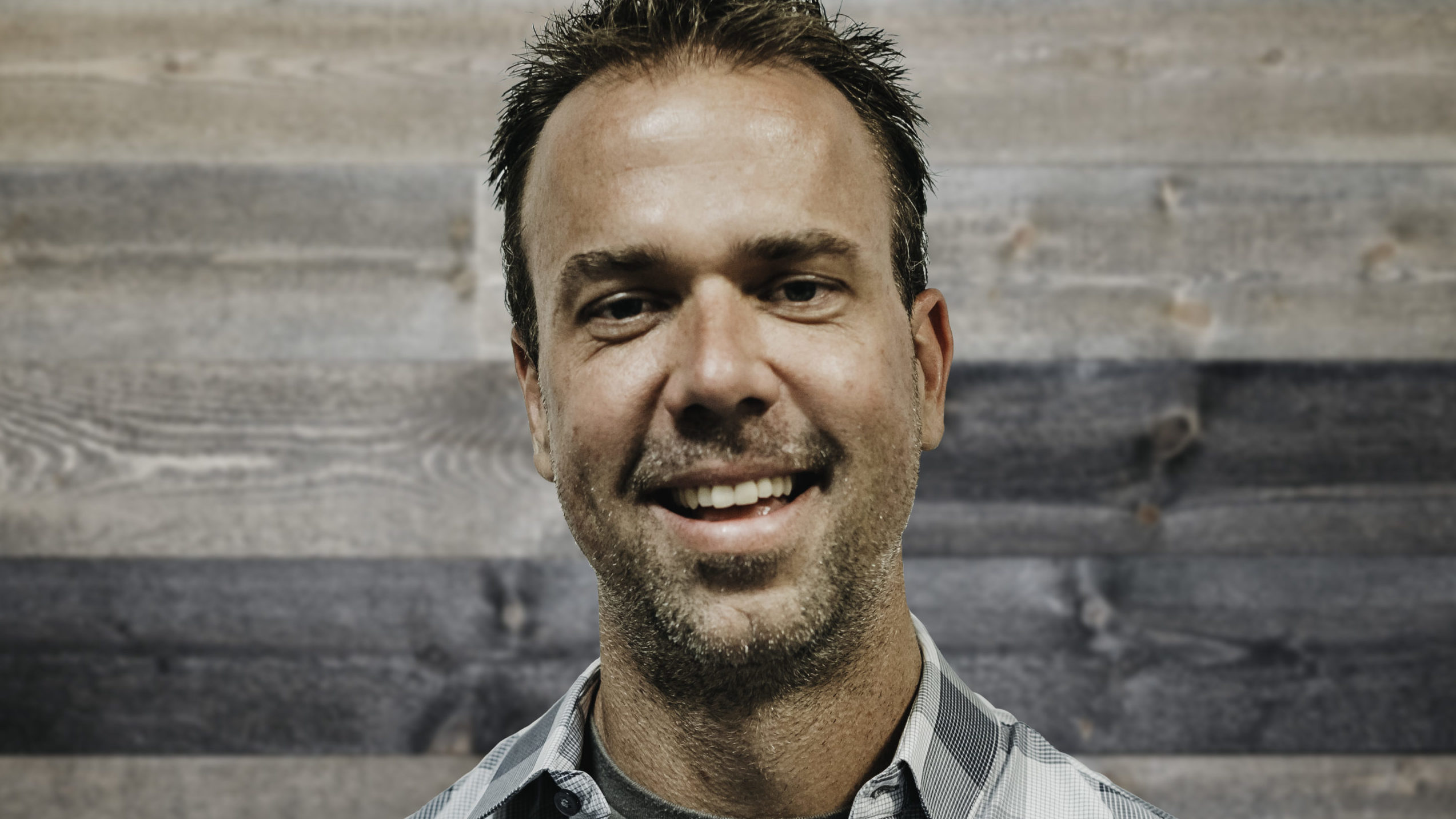
How do you know how much to pay for the platform and production time to make your event robust? As you work through where to invest your budget, Encore’s Matt Harvey counsels that platforms and production teams should be thought of independently.
“Do not skimp on speaker talent. Find great presenters!”
Platform costs include the online venue for your event, content repositories, information, polling, messaging, analytics, branding and sponsorship options. The biggest factor driving price will be the differing levels of support labor needed between a “drive your own” platform versus a “white glove service” platform.
Production costs include AV gear, prerecording sessions, video graphics, content editing, rehearsals and live streaming. Labor is the largest determining factor here, too, driven by complexity, length and desired production quality of the event.
Prerecorded content is often substantially cheaper to produce than live. For virtual events, consider “simulive,” where prerecorded content is played with live chat and Q&A afterwards. It’s a great way to improve production values of your content and lower stress on event day.
One way to save money with hybrid events: Make use of your production resources to develop high-quality content for future virtual events.
A cautionary note: Whether for virtual or hybrid events, Harvey says the industry needs to accept the need for additional flexibility to help accelerate the recovery. Hybrid events require preproduction labor over a longer period of time. This is a shift from traditional AV work, where most labor cost is limited to the week of the event. Thus, providers will want to protect their ability to recover for time invested leading up to the event—even if the event cancels.
Clarity’s Gary Lagestee suggests penciling out a budget for the “live show portion” and the “virtual show portion” and putting the majority of the budget where most attendees will access.
Do not skimp on speaker talent. “Find great presenters! This is even more important for your virtual audience. Also, consider a studio environment for your presenters so they feel like they’re on stage, because they are. Presenting from your office behind your computer doesn’t give your presenters the adrenaline and excitement a studio environment will provide,” he says. For a hybrid scenario, use the physical stage environment as much as possible, even if that means prerecording in advance of the actual event.
Tips for saving money: Work with a professional production company and map out a detailed plan in advance so you don’t have to do a ton re-work including re-shooting presentations, rebranding platforms etc. All the work is done in advance, have a reasonable budget, and things will go fine. If you’re not prepared and trying to save money it will all catch up to you in the end and be a much bigger headache along the way.
Data Crunching
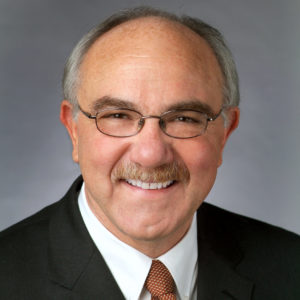
As if suddenly being forced to master digital delivery of programming wasn’t enough, meeting professionals also found they need to wrestle huge spreadsheets of data that came out of those online experiences in order to deliver meaningful insights to sales and marketing teams. Ethos Event Collective principals Joe Fijol and Sharon Purewal work with Jack Phillips, co-founder of ROI Institute, to squeeze the most value out of the bread-crumb trails of attendee behavior.
Most planners rely on just a few indicators to determine if a meeting is successful, Phillips says. In particular, number of attendees, hours they were in their seats and their reaction to the program based on surveys of perceived value. Those numbers can look very good for virtual meetings, especially when compared to the costs. But true ROI must also consider what was actually learned, the skills, competencies and contacts gained. Then it has to measure how that knowledge was applied and whether it changed behaviors.
And finally, meeting producers need to think about the impact of the program on things such as revenue, productivity and innovation—the true goals of the event. Only then can the benefit-cost ratio be accurately calculated.
Start with the end in mind: Once you have objectives, you can design for success. Plan, measure, iterate, repeat.
Compelling Bragging

Stop apologizing and saying, “I know this sucks, but it is just until we can get back in person,” proclaims Allie Magyar, CEO of Hubb. Instead, tell attendees it is going to be the best ever and then make it amazing. You can still go back to in person, but you have to change your mindset and your marketing to make this one valuable.
“Tell attendees it is going to be the best ever and then make it amazing.”
Today, your event is competing with cooking lunch in the kitchen or helping kids with homework. People are often registering the morning of the event; worse, larger percentages of registered attendees just don’t show up at all.
What you are creating has to be valuable enough to cause them to feel that they need to attend. A keynote is not it. They can see that later on demand. People who are in a city with nothing else to do may want to be in the front row and see the lights and their friends and snag giveaways. For virtual, the hook is interaction. Are there ask-the-expert panels or brainstorm rooms with group discussions? Tell them about that in the marketing email. Make it feel special. Start by understanding what your audience really wants so you can explain how you are giving them even more.
Revenue Building

Even virtual events have to pay the bills. Mike Dietrich, vice president of product marketing with Cvent, shared lessons for creating value learned from working with clients—and from the event management SaaS company’s 35,000-person Cvent CONNECT virtual event.
“Strategy often involves letting go of preconceived notions of what we wanted the event to be.”
The truth is, revenue ultimately drives business forward. Regardless of the format, in-person, virtual or hybrid, most programs have to deliver leads and fill the pipeline. Corporate meetings and events have always been—and will continue to be—an enormous part of the marketing mix that moves customers through the funnel. That’s why, when these gatherings came to a screeching halt, it was such a shock to the system.
While the shift to digital attracted as much as tenfold the number of registrations compared to in-person events—because they were so accessible and, in most cases, free—smart marketers started to ask how many of those attendees would ultimately convert: become customers, members of the association, donate to the nonprofit, whatever the goal.
Dietrich suggests working closely with marketing teams. This may be new for you, but by regularly integrating the millions of data points generated at a virtual event, things like registration, attendance and engagement from virtual platform analytics, you can solve “traceability concerns.” Most importantly, your status can be elevated to that of a professional revenue generator.
Learn to pinpoint how a specific type of event created awareness, moved someone closer to a purchase or supported them after they became customers (via user conferences and training) by listening to the data. Strategy often requires letting go of preconceived notions of what we wanted an event to be, or what it was supposed to be, or what it should be, and rebuilding based on what actually works.
When you can demonstrate what type of event (virtual, omnichannel, in-person only) works best for which strategic outcome, you earn heavyweight status in the office. The result will be “universal program architecture,” with meetings, events, webinars and digital outreach all tied together across the organization.
That is why this is an exciting time to wrap your muscular planning arms around all the newness.
Ticket Price Lunge
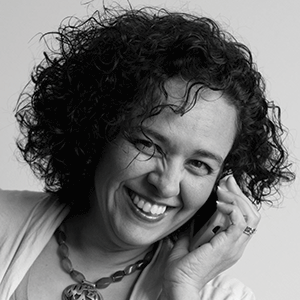
Just because a lot of organizations opted to put on a show pro bono in an attempt to stay relevant during a crisis doesn’t mean that’s the way things will be going forward. How can you make the leap to charging again for access to all that great content and experience?
“If you give it away for free, you immediately reduce the perceived value and will struggle to monetize your content in the future.”
Dahlia El Gazzar, founder of Dahlia+Agency, is an advocate of establishing a price of admission whether the event is in-person or online. If you give it away for free, you immediately reduce the perceived value and will struggle to monetize your content in the future, she cautions. El Gazzar worked with Rachel Stephan, Snoballer-in-chief at Snoball event influencer marketing, to host “The Great Virtual Event Debate: Paid vs. Free Virtual Events” and points out that there are lots of ways to monetize meetings.
You can charge the attendee, which communicates that the information is exclusive and important. It can also enhance the person’s commitment to attending. One of the unfortunate outcomes of all these weighty registration lists is that the percentage of no-shows has gone through the roof.
Making the event free to the attendee could still be an option, long-term, if an able-bodied team proves proficient at selling sponsorships. Then the trick is to deliver the robust, qualified leads those brands are expecting in return.
Pump Up the Engagement

Regardless of who pays for the event, the expectation is that it will be something that keeps everyone glued to their seats and screens. Robin Farmanfarmaian, professional speaker, entrepreneur and author of Facilitating Virtual Events: Driving Participant Engagement, lives by the 60/40 Rule for virtual events—60 percent content, 40 percent interactivity. She suggests circuit training by rotating through a routine of fun activities that will exercise attendee minds and funny bones.
“Design based on the 60/40 Rule—60 percent content, 40 percent interactivity.”
Mighty Trivia. Both audiences can play using an app. Bonus: You can track who has been listening…and who has not.
Mixology and cooking demos. At-home attendees can cook along if ingredients are sent to their doorstep in advance. Bonus: This engages all the senses.
Family Feud-style challenges: Teams work together to guess how their peers responded to questions. Bonus: Breakout rooms allow smaller groups to network more intimately.
Scavenger hunts. Items can be serious, funny, common, obscure, physical or found online. Bonus: They engage the body by getting attendees to move around.
Costume or dress attire. Whether Santa hats or tiaras, when everyone is donning the same headgear, it makes the boxes more interesting. Bonus: If they make it themselves, they get to ride the power of pride of workmanship.
Caricature or sketch artist. These visual reminders of the content shared is a fun way to capture the meeting in bright colors. Bonus: Send the resulting PDF as a reminder of the meeting’s goals.
Icebreakers. Instead of awkward, free-form networking where people are put in a Zoom room or asked to make small talk with the people at their table, give them questions to answer. Bonus: Responses could lead to future meeting-content ideas.
Shoulder Exercises

Want to really wow audiences at home and in the convention center of the future? Dana Larson, vice president of experiential content with Freeman, suggests stealing tricks from “shoulder industries” like award shows and sporting events. To make your next production the Oscars or Superbowl of your industry, try the following.
“The value of the educational materials presented is the most important element. It’s got to be the best of the best.”
Dynamic camera angles: Zoomed-in camera angles offer close-up views to both audiences.
Compelling hosts: In-person emcees can keep the event moving. Virtual hosts engage the online audience with the enhanced communication needed when visual cues aren’t available.
Broadcast booth: Dedicated on-site hybrid areas for activities such as live interviews increase engagement for live and online audiences.
Star-quality content: The value of the educational materials presented is the most important element. It’s what brings people to events and keeps them there. It’s got to be the best of the best.
Balance Training
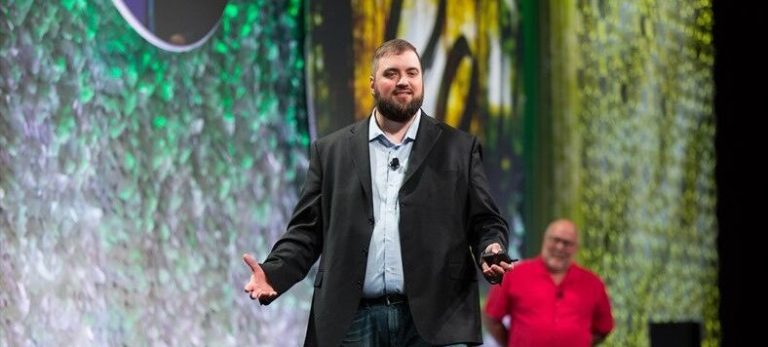
To win, you have to coordinate all the muscles you have built to pull off a powerful program that stands strong on both the virtual and in-person side of the screen.
“Throw out everything you thought you knew and find inspiration from outside sources.”
Digital consultant Nick Borelli has been thinking about how to whip the industry into shape for quite some time. He co-designed EventHack Hybrid Games, along with Socio and Endless Events, a program designed to raise the proficiency of the industry by fielding teams of meeting professionals (72 participants in all) against each other in a Shark Tank-style competition.
Be flexible, he advises. And shift to design thinking. That enables you to be a problem-solver and change agent. Throw out everything you thought you knew and find inspiration from outside sources. Those sources could be as diverse as esports, Peloton and Netflix. We get to write the rule book for virtual.
He suggests thinking about the virtual side of hybrid events as if you’re lifting weights. We have had arm days for years but neglected our legs. Virtual demands building new muscles.
In Borelli’s view, physical and virtual events each have weaknesses and benefits. In-person events excel at experiential aspects because they are rich in sensory experience. But the opportunity in streaming content is the power of emotional storytelling—because you control the eye with the lens.
One is a tactile world of trust-building; the other is an emotional pull. That’s why a 30-second commercial can bring a tear to the eye, but shaking someone’s hand and getting a business card at a trade show doesn’t. It is still powerful, but it triggers different feelings—connection and comfort, to name two.
When well-balanced, hybrid meetings create a community that engages both of those things—and even cross-pollinates. Play to the strengths of each, so the people on either side want what’s on the opposite side.
We always needed both, but it took this pandemic scenario to force us to use them both, he concludes. You don’t innovate when things are good. Evolution doesn’t happen without pain. Now we have a reason to create the future of experiences in hybrid.



